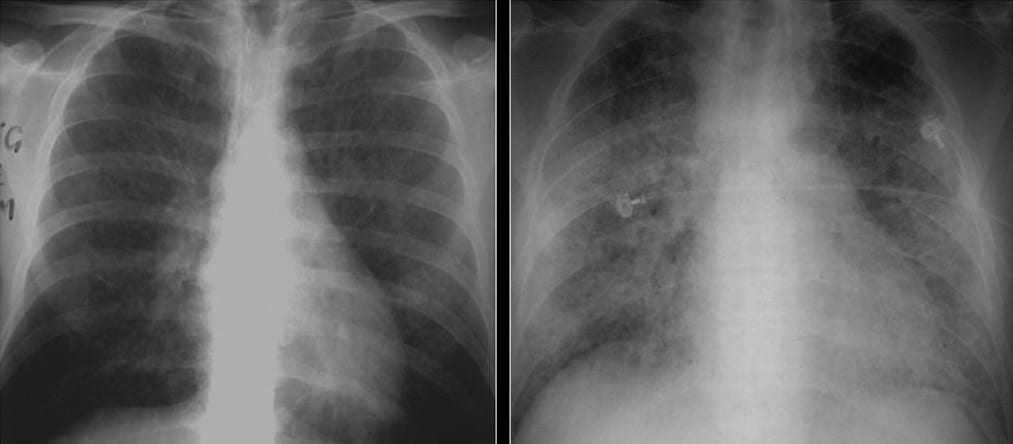If you’re like me, COVID-19 has become a major part of your life: in research, discussion, or just daily impact. That’s no surprise, considering the numbers. At the time of this article, there are nearly 3.28 million confirmed cases worldwide. But as you’re reading through COVID-19 information, do you ever stop and wonder: “what does that phrase mean?” PPE. Herd immunity. Ground glass opacity.
If you’re curious about the language, you’re not alone. That’s why today, we’re going to explore ground glass opacity: what it means, what it tells doctors, and how it relates to COVID-19.
Ground Glass Opacity
There are innumerable studies that showcase the appearance of GGOs in the lungs of patients with COVID-19:
- One, in the American Journal of Roentology, found these abnormalities in 86.1% of observed patients.
- A study in Radiology stated that these were found in up to 74% of patients. Another study in the same journal found GGOs in 77% of patients. A third Radiology study found that CT scans were effective in diagnosing patients with COVID-19 about 97% of the time, compared to 59% efficacy from blood tests.
- In Radiology: Cardiothoracic Imaging, researchers found ground glass opacity in the lungs of all 3 patients.
Despite the varying numbers, many doctors acknowledge that this is now an effective way to identify and diagnose patients with COVID-19.
So what is ground glass opacity?
Dr. Isabel Cortopassi, MD, explains:
Ground glass opacities [are] a pattern that can be seen when the lungs are sick.
So, if you see ground glass opacity on your lung scans, it indicates that you are experiencing some form of respiratory distress. For individuals with healthy lungs, lung scans are black. However, ground glass opacity shows up as a hazy patch (or multiple patches) within the lungs. These often look gray or white on the imaging.
Gray glass opacity differs from lung cancer and other conditions in its presentation. While cancerous masses look solid on the images, GGO is hazy and cloudy; however, doctors can still see around or through these areas.
Do GGOs always indicate COVID-19?
Actually, no. GGOs also present in:
- HIV/AIDS
- Multiple types of pneumonia, including viral, mycoplasma, and lipoid
- Congestive heart failure
- Diffuse alveolar hemorrhage (or bleeding in the lungs)
- Pulmonary edema
- Lung cancer
- Hookworms
- Sarcoidosis
- Adenocarcinoma
- Atypical adenomatous hyperplasia
- Drug abuse or drug toxicity
However, ground glass opacity on a CT scan of a patient with COVID-19 does signify either pneumonia or inflammation. Additionally, if doctors find a solid white portion, which signals the presence of fluid, or the thickening of connective lung tissue, these may also signify pneumonia.
Read the original article at Health.








